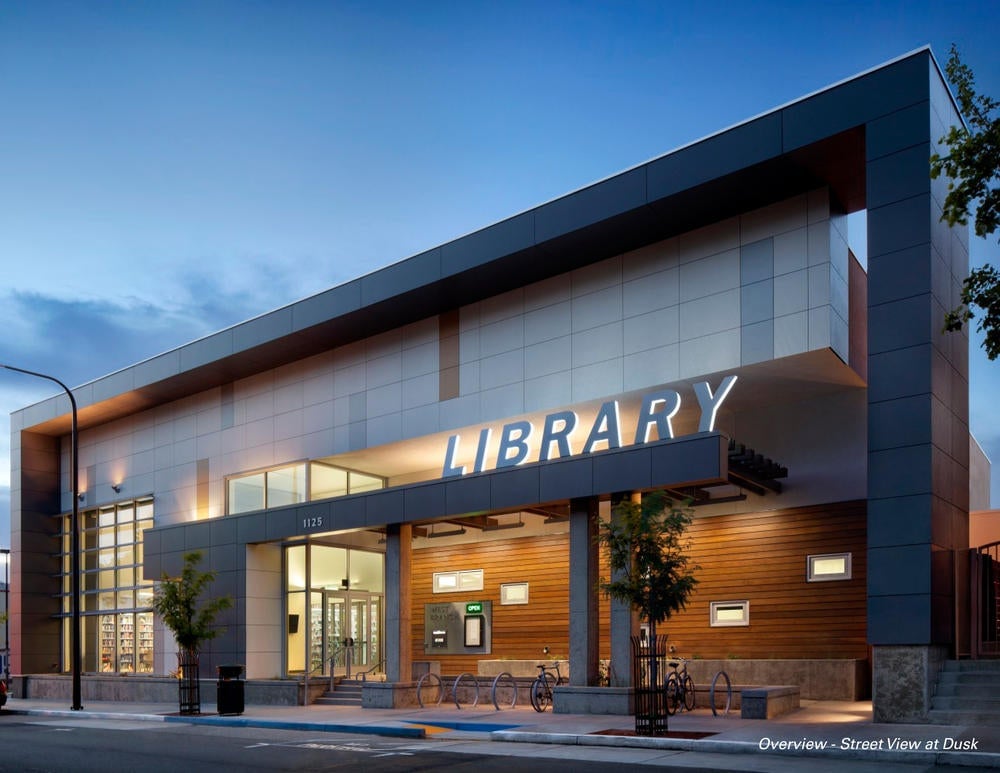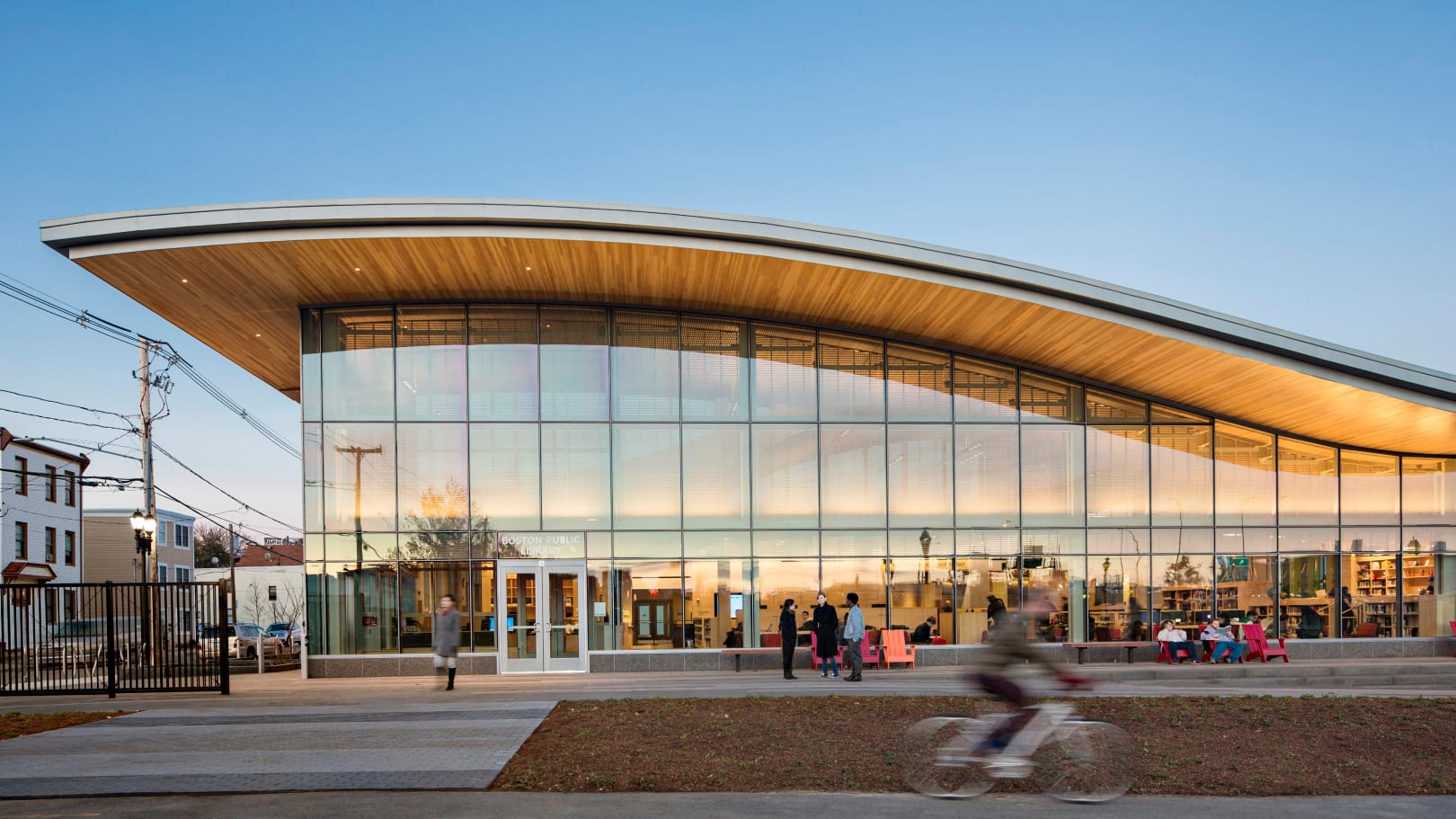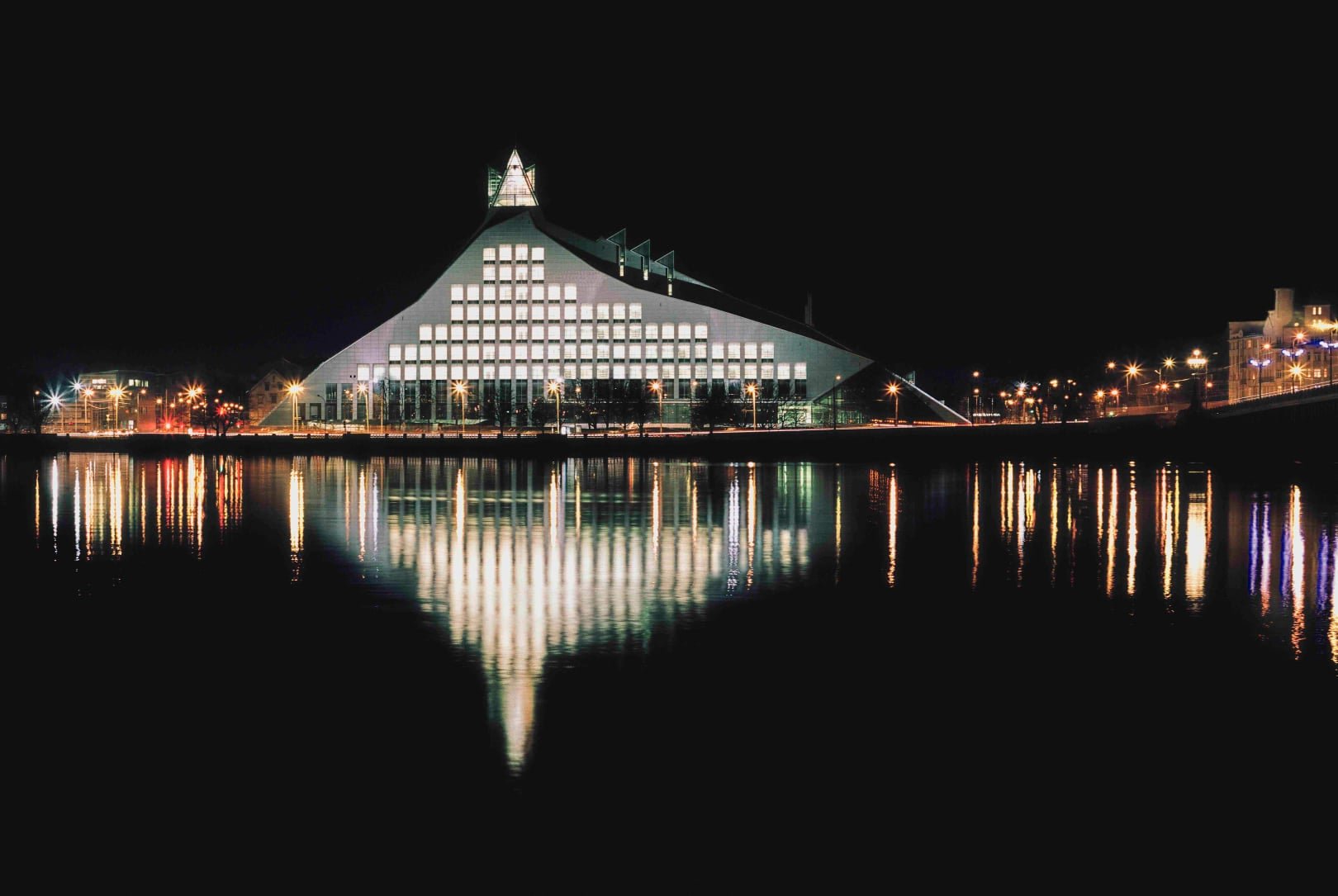Millennials are the ones keeping libraries alive
Long live the public library! It’s not dead yet. The internet hasn’t rendered physical reference centers obsolete, thanks to millennials.


Long live the public library! It’s not dead yet. The internet hasn’t rendered physical reference centers obsolete, thanks to millennials.
According to a new analysis of Pew Research Center data on US library attendance, millennials more than other generations appear to have a use for physical libraries. They may not always come for the books, but the country’s youngest adults show up. That works out well because librarians have been designing with them in mind.
Pew researchers surveyed a nationally representative population of 1,600 Americans in 2016. It found that millennials—arguably the first generation to grow up online—use public libraries more than other, older adults. More than half—53%—of survey respondents ages 18-35 visited a public library or bookmobile within the previous year. That’s not bad for a tech-obsessed bunch deemed lost to the screen.
It’s notable too that the results did not include attendance at academic libraries. That means millennials answering affirmatively weren’t college students referring to campus institutions, which would naturally skew the outcome.
By comparison, only 45% of disaffected gen-Xers (36-51 years old) and 43% of enthusiastic baby boomers (52-70 years old) visited a public reference center in the 12 months prior to being surveyed.
Behind the numbers
There are a few reasons for the strong millennial attendance record, says librarian Rachel Clarke, an assistant professor at Syracuse University’s School of Information Studies in New York. She points out that millennials are old enough to have kids now and parents love public libraries. Pew’s research supports this claim—56% of parents with children under 18 years old visited a library in the previous year while only 43% of non-parents did.
Younger adults may also have fewer financial resources and be more likely to live in small or shared spaces they long to escape. Having somewhere to go that is both free and safe is valuable under those circumstances.
Additionally, Clarke believes, the survey results reflect the wisdom and effort of librarians planning for the future. She says that in recent years the profession has obsessed over “emerging adults” and how to best serve their needs. “The results highlight an evolution in public libraries. There’s a lot more stuff going on at the library now and librarians are excited about trying new things,” she says.
Library of the future
“Library as place has always been important, historically,” Clarke explains. Still, things have changed in recent years. Many public reference centers have shifted their focus from offering things to browse and borrow to providing services and being a social space.
While classes at the library aren’t an entirely new concept, librarians are now doing much more than showing kids how to use a card catalogue. Many public reference centers offer targeted classes for emerging adults in particular, teaching everything from car repair and financial literacy to job hunting and general adulting. “Things that used to be taught in schools,” Clarke notes.
The survey shows librarians’ efforts to accommodate millennials’ needs are succeeding, she says. Pew agrees, providing this analysis:
[R]elatively high library use by millennials might be related to changes that many public libraries have undergone in the past 20 years. Previous…surveys have documented how extensively people use computers and internet connections at libraries, as well as how interested they are in extra services…[and] meeting spaces for community groups, and technology “petting zoos” that provide opportunities to explore 3-D printers and other tech gadgetry.
The stodgy old library seems to be turning into a party animal. Beer and book nights or afternoon coffee klatches are common, says Clarke.
The library may not seem like the best place for these sorts of functions, given the existence of bars and cafes, but for a key distinction: money. The library is the rare place where there’s no pressure to pay for anything (except the occasional fine on an overdue book). “Not everyone can go to a book club meeting at Starbucks and pay $5 for a coffee but public libraries are open to everyone and always will be,” Clarke says with justifiable pride.
Change is the only constant
To the extent that you lament the way libraries are changing, and long for a more perfect past when visitors wandered the stacks in love with books rather than gathering to chat, don’t. The libraries of the 20th century for which you may be pining didn’t resemble those of the 19th century, and it makes sense for 21st century libraries to evolve too.
In the 1800s, most public-library patrons didn’t get to walk through the stacks and take books off the shelf themselves. Most visitors got what they needed from the librarian and books were organized on the inaccessible shelves by characteristics like size, author name, acquisition date, or some combination of these.
Melvil Dewey completely changed library science in the late 1800s, when he was a young student librarian at Amherst College in Massachusetts. In 1876, Dewey published the first version of his system, Dewey Decimal Classification. Rather than just placing books on shelves based on superficial characteristics like size or the date it was acquired, Dewey’s system organized books by topics, which were assigned number ranges (for example, religious texts all fall between 200 and 300); this allowed anyone familiar with the system to navigate any library governed by it and find anything.
Eventually, a refined and standardized version of the system was widely adopted and open stacks became the norm. This required librarians to become information scientists classifying books, as well as educators teaching people how to find and use information. No longer was the librarian a person who knew where a text was because they happen to work in a particular library. In fact, Dewey is responsible for turning librarianship into a social science instead of just a job for bookish people. He founded the first American school for professional librarianship at Columbia University in 1889 and developed a curriculum for librarians.
Now, some librarians say it’s time for the next phase of evolution. In the 21st century, the buzzword is “design,” not science. Proponents of design thinking for libraries argue that institutions must adopt an approach that considers what people really want. The point isn’t to preserve libraries as they were but to evolve with communities. “It’s about creating better experiences so people keep finding reasons to come to the library,” Clarke explains.
As for losing whatever legitimacy a scientific orientation may have lent librarians, Clarke isn’t concerned. “Dewey was hoping to put the profession on par with doctors or lawyers. But that never happened,” she laughs. “The keys now are creativity and continual reflection, thinking like designers.”
Transforming the space
In Libraries Designed for Users: A 21st Century Guide, Nolan Lushington explains that the new, relatively rock n’ roll approach to reference centers actually just extends a century-long trend toward user-friendliness. Ancient libraries had a heavy, serious spirit and were meant to instill a feeling of awe about knowledge. Then came the open stacks that followed Dewey’s classification system, then reading rooms, and eventually areas for computers had to be added. At each turn, the library reconceived itself conceptually and physically—each change influenced layout and use and lead to new problems to solve.
Design thinking advocates a creative and thoughtful approach to how a 21st century library looks and feels outside and inside (from signage to parking lots to bathroom location) based on how it will be used, as well as to the substantive programs it offers. Librarians and designers are thinking about the emotions they hope to evoke, the things people will do, and the ultimate goal of the library. Today, libraries are light and fun, aesthetically pleasing and inviting, ergonomic and flexible, environmentally friendly, with spaces ranging from open and intimate, all of which accommodate technology.

Today’s library is a location of exchange and illumination, not somber contemplation, and it reflects a community’s values. In Berkeley, California that means being green—the Berkeley Public Library’s West Branch has won numerous awards for its zero-net-energy construction that’s efficient, aesthetic, and sunlit—an illuminated design, literally and figuratively. Gloomy, quiet rooms with tall stacks of shelves packed with books are unfashionable. The hip library is bright and cheery, with open areas where talk is encouraged and groups can exchange freely, sometimes called “learning commons.”
The American Institute of Architecture and the American Library Association (AIA/ALA) honors forward-thinking public libraries across the US with an annual Best in Library Design award, recognizing buildings designed to serve their communities. Among eight libraries to win in 2017 was the new East Boston branch of the Boston Public Library, which has an open plan designed to enable “families to visit together and not be corralled into separate rooms, while clear sightlines maximize staffing efficiency,” according to the AIA/ALA.

The AIA/ALA Best in Library Design also looks abroad. This year the judges recognized the National Library of Latvia in Riga for a new structure that balances past and future, a futuristic design that refers to a traditional local symbol of wisdom, a castle of light. Now, the symbol is physical and the national collection, previously spread out over six buildings and housed in 30 different locations during the last century, is stored in one, single, bright space.

Insider knowledge
Clarke shared a professional secret: “It’s always been a library tradition to try to hook people in how we can.” Previously, when there wasn’t so much to read and see for free online, a great library had to get the latest books, periodicals, and movies; stay on top of what was hot; and act as a community’s window to culture at large.
The internet era is no different—people still need free places to go to gather ideas. First patrons come for a fun event, to see new tech gadgetry perhaps, or to spend an hour in an award-winning architectural space. Then they may return to attend a lecture, take classes, borrow books, or hang out. Why doesn’t so much matter.